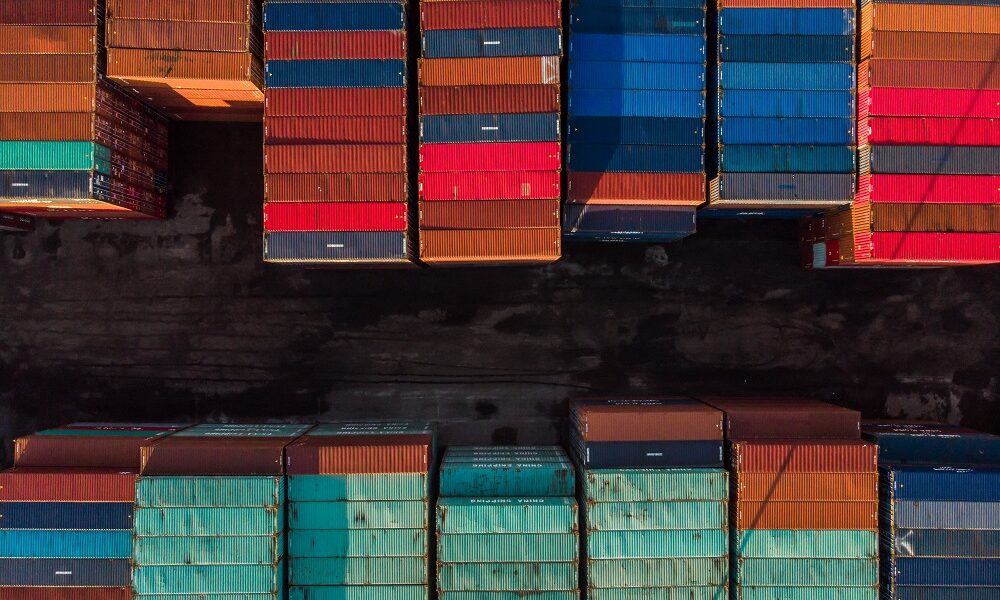Do you want to learn more about the fabrication of plastic? What are the advantages that come from the production of plastic? If you answer yes, you will find all the knowledge you need about plastic production in this article. This section will discuss the definition of plastic manufacturing, its advantages, and the method of completing it.
In This Article, We Will Be Unfolding The Details On Plastic Fabrication, And The Various Processes It Entails.
Introduction To Plastic Manufacturing
Producing, developing, and assembling goods composed of plastic are collectively called “plastic fabrication.” There are many different ways of fabricating plastic goods that are employed nowadays and take into consideration the items that are made of plastic.
Because each process has both advantages and downsides, it may be used to fabricate various designs successfully. Plastic fabrication is well-known among manufacturers due to its fundamental properties, including its malleability and low production cost.
Because of these two characteristics, it is both long-lasting and adaptable, allowing it to be used for various goods.
Process Of Completing The Plastic Fabrication:
In the next part, we will discuss the finishing process. Let’s delve into the many techniques that find application during the finishing stage of plastic fabrication.
The Process Of Machining
The CNC mill and the CNC lathe are the principal machines used in this procedure. Machining rigid thermosets and thermoplastics often involves using more traditional processes, such as drilling, sawing, sanding, and other similar activities. When a significant number of pieces do not pass through the building of the metal mould, the glass-reinforced thermosets are machined into pulleys, gears, and other forms.
The Process Of Joining
The welding procedure is strongly recommended when it comes time to fuse the pieces. When welding, the steps are performed in the same sequence as when working with metals. Attaching lower surfaces often involves putting them in touch with one another and then having them go through the heat conduction process together.
The Procedure Of Coating
Following the machining and joining steps of the Plastic Fabrication process, each component is subjected to one of the following three processes: cleaning, de-flashing, coating, or decorating.
Advantages Of The Plastic Fabrication Process:
Compared to other fabrication techniques, such as those using metals, the fabrication of plastics is a very versatile and advantageous process that offers several advantages. It is a well-known approach that is not only well-known for its simple strategy but also for its well-organized and uncomplicated procedure.
The manufacture of plastic has several advantages. If you are interested in learning more about such benefits, make sure that you read the following information very carefully.
Capacity For The Simple Formation
Plastic is distinguished by its relatively low melting point compared to other types of material. Because its melting point is lower than that of plastic and because it has other desirable characteristics, it may be readily molded into various forms. In this approach, complicated geometry is built with simplicity.
Reducing the work required for finishing: coloring and coating plastic components before they are fabricated is simple. It indicates that the granules and pallets can be easily blended with color additives. This may result in a decrease in the amount of work required for the finishing phase of the plastic fabrication.
Production times may be reduced because of the ease with which plastic can be molded and shaped. This results in a shorter overall duration of the cycle. When the process of shaping and molding takes place over a shorter amount of time, it leads to an increased pace of production.
● Lightweight
The fact that plastic is very lightweight contributes to the industry’s perception of the material’s value as a valued product. The weight of the plastic is much lower than that of the metals, which allows for improved performance throughout the plastic manufacturing process. This is the primary reason why the manufacturing process of plastic is becoming more prevalent across all sectors.
● Chemical Resistance
Plastics are often thought of as more resistant to the destruction that might result from chemical reactions. Plastic materials can prevent reduction reactions as well as oxidations readily.
Conclusion
As a result of the information presented above, plastic fabrication is the process by which items are manufactured and designed utilizing plastic and other essential materials. Moulding, welding, thermoforming, and extrusion are procedures used while fabricating with plastic.
In addition, you gained knowledge about the many methods of plastic manufacturing finishing processes through reading this text. Plastic products provide several advantages, including low weight, simple machining, and few finishing requirements.

